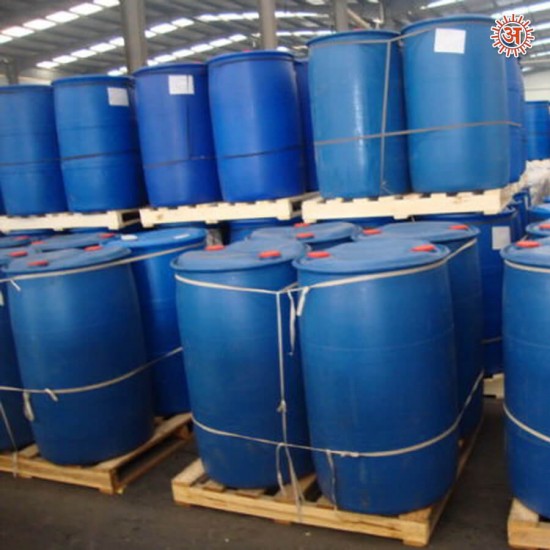liquid Ammonia: Ammonia is a compound of nitrogen and hydrogen with the formula NH3. A stable binary hydride, and the simplest pnictogen hydride, ammonia is a colorless gas with a characteristic pungent smell. It is a common nitrogenous waste, particularly among aquatic organisms, and it contributes significantly to the nutritional needs of terrestrial organisms by serving as a precursor to food and fertilizers. Ammonia, either directly or indirectly, is also a building block for the synthesis of many pharmaceutical products and is used in many commercial cleaning products. It is mainly collected by downward displacement of both air and water.
ANHYDROUS is a clear colorless gas with a strong odor. Shipped as a liquid under its own vapor pressure. Density (liquid) 6 lb / gal. Contact with the unconfined liquid can cause frostbite. Gas generally regarded as nonflammable but does burn within certain vapor concentration limits and with strong ignition. Fire hazard increases in the presence of oil or other combustible materials.
Although gas is lighter than air, vapors from a leak initially hug the ground. Prolonged exposure of containers to fire or heat may cause violent rupturing and rocketing.

liquid Ammonia: ANHYDROUS is a clear colorless gas with a strong odor. Shipped as a liquid under its own vapor pressure. adverse health effects. Used as a fertilizer, as a refrigerant, and in the manufacture of other chemicals. Rate of onset: Immediate Persistence: Minutes Odor threshold: 17 ppm Source/use/other hazards: Explosives manufacture; pesticides; detergents industry.